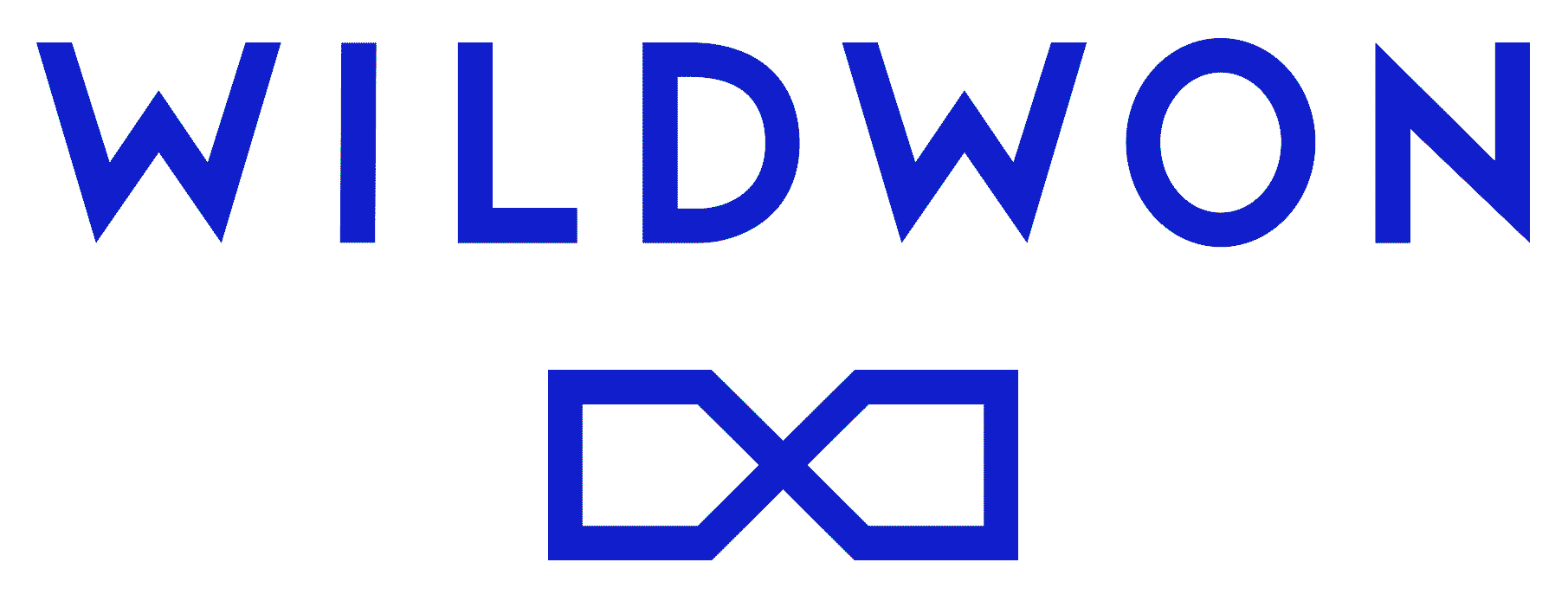Top take-outs from UX Australia's 'Redux'
UX Australia recently hosted Redux - a 'UX Australia lite' - or condensed version of the UX Australia conference held each year. The event featured some of Australia's biggest names in user experience (UX) design.
I'm new to the practise and absolutely fascinated by the impact that design thinking can have on event production. It was fantastic to hear the stories and experiences of experts in this field.
These are my top 5 take aways from the day:
1. KEEP YOUR PURPOSE IN MIND
When you are performing research always use the purpose of the project as your driving force. This asset will guide you through the complicated ensemble of tasks/interconnections/issues that will arise along the way. Ash Donaldson from Tobias & Tobias talked us through his experience collaborating with Hello Sunday Morning in discovering the culture around alcohol in Australia. A complicated research project on the community of users of HSM gave the team to an enormous amount of data, allowing them to understand who their users are, how to help them and how to implement relationships between members. What kept Ash and the team focused during this highly engaging project was the force of purpose - change your relationship with alcohol, one Sunday at a time. So stop focusing on the product - think purpose!
2. RE-FRAME THE PROBLEM
Steve Baty from UX Australia opened the day by inviting all participants to think differently. When a problem arises, you decide how to solve it and it's up to you to re-frame an obstacle. Be creative about it, be bold and commit yourself to thinking freely. UX designers articulate new ways of thinking and look at things through other people's eyes. Re-framing means that your whole project will benefit from new ideas, new perspectives and new ways of communicating. The impact of your work will be limitless. See Steve's slides about re-framing the problem here.
3. EXPAND YOUR IMPACT
Whoever said that UX is only applicable to the digital world is wrong. Limiting UX to digital channels restrains the potential impact of your work. Iain Barker from Meld Studios is an advocate of applying UX skills on a more strategic level. During his 20 minute talk he invited UX practitioners to challenge themselves by designing outside of their familiar channels. Expand your impact by applying your UX skills to non-digital challenges, be brave and dare to leave your comfort zone.
4. LOOK AFTER YOUR DIGITAL AURA
Did you know that by owning a smart phone you are emitting information about yourself into the digital world? This means that your information is out there for anyone to access, it can be taken without permission and used to tailor experiences specifically for you. Katja Forbes clearly illustrated how our digital aura gets harvested by the digital matrix to personalise our digital environments. Scary from a personal point of view, but I must admit I'm amazed by the ability technology has to transport and share information.
5. BE A GOOD LISTENER
How would you define a good listener? You might consider it to be someone who can maintain eye contact and explore the "whys" and "whats" in a conversation. For UX practitioners listening is a vital part of the job. Listening is a constant and continuous process. One tip that was shared by the engaging Nova Franklin from Meld Studios was, when talking to someone think: this person has something really important to say. Magic happens when you really start listening to others.





